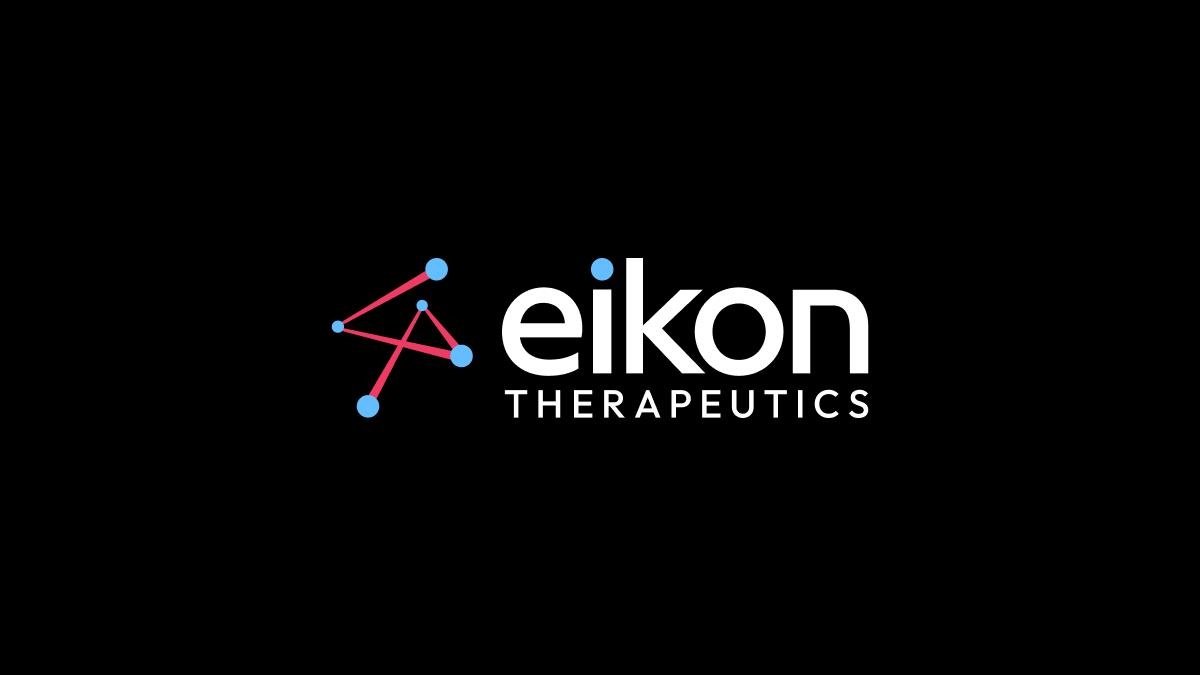10 ways to start (or continue) your patient engagement journey

It’s been many years since “patient centricity” first started being thrown around by life sciences companies. However, it’s only recently that most companies have actually begun to prioritise patient engagement. The act of directly engaging with patients and patient advocates has quickly shifted from an occasional nice-to-have to a must-have if brands want to stay competitive in the increasingly crowded marketplace.
Although more pharma teams are realising the benefits of engaging patients early and often, it remains a foreign concept for many; just knowing where to start can feel overwhelming.
With that in mind, here are 10 easy approaches pharma teams can take when starting (or continuing) their patient engagement journey.
1. Patient insight gathering
Patient advisory boards and other insight gathering programmes are quickly gaining popularity, and for good reason. Longitudinal patient advisory boards are instrumental in building sustained pharma-patient relationships. You are likely already doing the same thing with healthcare provider (HCP) advisors already; adding a parallel patient advisory board will not only give a more holistic image, but also ensure that the patient voice is actively listened to.
It is important to note that patient advisors typically have even less ability to travel than HCPs; in addition to potential work or family commitments, they may spend a lot of time in clinics for treatment or clinical trials. Prioritising their convenience, a fully virtual approach is usually preferred. Especially, asynchronous (over time, anytime) virtual insight-gathering offers not just superior flexibility and convenience, but also the ability to anonymise patients and/or use blinded question types to reinforce privacy and compliance.
2. Patient value mapping
Virtual patient value mapping is a useful approach to better understand the patient perspective and identify current treatment or support gaps. In turn, this can help the product team focus on the symptoms and treatment attributes that matter most to patients.
Much like for virtual advisory boards, a series of asynchronous touchpoints using various customisable virtual collaboration tools is effective for gathering patient insights. Open-ended and scenario-based questions can be posed to understand the patients’ views of the risk/benefit ratio of various treatment options and what the patients feel is currently lacking from their treatment journeys. The insights can be turned into literal patient value “maps” or a list of priorities that cross-functional teams can use to inform their strategies and tactics.
3. Steering committees
Patient steering committees are useful for directly involving patients in driving strategy development. As above, virtualising the committee meetings means that more diverse and global voices can be heard (notice a common theme, yet?).
Before launching a virtual patient steering committee, the pharma team should create a clear engagement plan, including an outline of the ideal patient advisors, the steering committee mandate and expectations, and how the patients can support the project goals.
Whenever possible, leveraging a mix of recurring asynchronous and synchronous touchpoints is useful for continuous insight-gathering, brainstorming, and consensus-building, and can help drive strategy development, align on a shared purpose, and ensure that the patient voice is represented in all new initiatives and resources.
4. “Patient voice” educational tools
As part of your virtual patient advisory board, panel, steering committee, or working group, patient stories can be collected in the form of short (anonymous) audio clips, video vignettes, or written quotes. In turn, these can be used for a variety of purposes, including patient and provider education and awareness campaigns. By giving patients a voice and amplifying its reach, gaps between the current standard of care and the patients’ wants and needs can be brought to the attention of the medical community.
5. Clinical trial protocol co-development
We are seeing patients being consulted earlier and earlier in the clinical trial process. Proactively asking for input on study designs, endpoints (including patient-reported outcomes), protocols, and recruitment practices, can help optimise the clinical trial enrolment and participation process for other patients. Having these discussions virtually means that more diverse patient voices can be heard, as many of the barriers to in-person engagements are completely removed.
6. Patient journey mapping
When executed well, patient journey maps are useful for discovering healthcare gaps and intervention points, understanding and improving patient experiences and outcomes, and streamlining the patient journey. Companies should start early and proactively collaborate with the most suitable partners - including multidisciplinary HCPs and patient advocates - to better understand individual prescriber and patient journeys.
Through a combination of asynchronous virtual tools, including customisable mapping canvases, pain points and regional or interdisciplinary differences can be exposed and mapped. Subsequently, patient-provider disconnects and their implications on therapy compliance and quality of life can be identified.
7. Patient support programme optimisation
PSPs are an integral part of pharma’s patient-centricity plans and can offer a competitive advantage. As with all other aspects of pharma’s offerings, it is important to get feedback straight from the end users when developing or updating a PSP. Collaborating with a diverse group of patient advocate advisors especially helps gain a robust understanding of the patient community’s views and ensures that support resources are representative and valuable.
An asynchronous-only or mixed asynchronous/synchronous format is suitable for PSP optimisation initiatives. Virtual workshops can be conducted to differentiate between must- versus nice-to-have PSP features. Customisable support landscape maps can be created from scratch or reviewed and annotated by the patient advisors to identify current gaps and intervention points. To get even more representative feedback, the advisors can help draft surveys for other PSP users to measure the level of satisfaction with the PSP and the usefulness, accessibility, and relevance of the current support tools.
8. Clinical trial data review
Patient advisors can review Phase 3 clinical trial data in various forms (e.g., full paper, visual abstract, video summary, or slide summaries) and provide their feedback on the key takeaways and most/least impactful findings using asynchronous annotation, survey, and discussion forum tools. This type of exercise can inform patient education initiatives and messaging around the data.
9. Communication plan reviews
The same advisors can also be consulted on the best ways for pharma to raise awareness and communicate study results to other patients. Feedback can be gathered around disease awareness campaigns and patient-facing educational and support resources, such as websites, handouts, and videos. If a need for major revisions is identified, the patients can be further engaged to co-create an updated version.
10. Online peer-to-peer community boards
Last but not least, online community boards are a cost-effective option for ongoing patient engagement. They provide a safe, compliant place where patients can openly share information, real-life experiences, and support resources with peers. They can also be used for continuous insight-gathering and pharma-patient engagement, enabling back-and-forth discussions and timely feedback on pressing issues. Community boards can be integrated into the PSP or designed as a stand-alone patient support or insight-gathering initiative.
For all of the above, the virtual format promotes diversity and inclusion. Accessibility can be further enhanced through functionalities like speech-to-text, plain language summaries, automatic translation tools and multilingual resources, and tools designed for participants with a hearing or visual impairment.
No matter which engagement approach you choose, engaging patients and getting their valuable feedback will help empower them, while setting your brand apart from the competition. If there has ever been a clear win-win situation, this is it.












